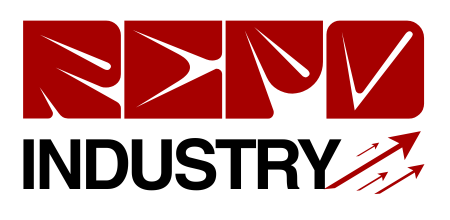Building the Foundation of Clear Communication
Effective communication is the cornerstone of any successful team. As a leader, how you convey information, expectations, and feedback can significantly impact team performance, engagement, and overall morale. Communication within a team is not just about delivering messages but ensuring that those messages are understood, acted upon, and foster collaboration. When done right, clear and consistent communication can enhance productivity, build trust, and create a positive work environment. To achieve these outcomes, it is important to remember several key principles that support effective team communication.
The first and most important element to consider is clarity. When communicating with your team, avoid ambiguity or jargon that could lead to confusion. Be specific in your instructions, expectations, and goals. A lack of clarity can lead to mistakes, inefficiency, and frustration. Instead, break down complex information into digestible pieces, and ensure that your team members have a clear understanding of their roles and responsibilities. Make it a practice to ask for feedback or clarification to ensure that the message was received as intended.
Active listening is another crucial aspect of effective communication. It’s essential not only to speak but to listen attentively to your team members. When team members feel heard, they are more likely to engage, share ideas, and collaborate openly. Listening actively also involves asking follow-up questions, acknowledging contributions, and providing constructive feedback. Open and respectful communication creates a culture where team members feel comfortable voicing concerns, asking questions, and offering solutions.
The Importance of Transparency and Consistency
Transparency plays a significant role in building trust within a team. When you are open about goals, challenges, and progress, team members feel more connected to the bigger picture. Transparency helps eliminate confusion and prevents speculation or misinformation. Sharing both successes and setbacks allows the team to stay aligned and work together toward a common goal. Additionally, transparency creates accountability. When team members understand the rationale behind decisions, they are more likely to take ownership of their tasks and work more collaboratively.
Equally important is consistency. Frequent and predictable communication helps set expectations and creates a sense of stability within the team. Whether it’s through regular check-ins, team meetings, or one-on-ones, consistent communication prevents gaps in information and ensures everyone is on the same page. It’s important to establish a routine for sharing updates, expectations, and feedback, so team members can plan and adjust accordingly. Inconsistent communication can lead to confusion, missed deadlines, and disengagement.
Enhancing Communication with Smart Technology
In the modern workplace, technology can be an excellent enabler of communication, especially in collaborative environments. Many companies have turned to interactive devices like smart boards to improve communication within teams. A smart board is an interactive display that allows team members to share information, brainstorm, and collaborate in real time. The question often arises, “What is a smart board, and how can it benefit our communication?” Simply put, a smart board is a digital tool that enhances collaboration by enabling users to draw, write, and manipulate content during meetings, training sessions, or brainstorming activities.
Smart boards are especially valuable for teams that work remotely or in hybrid setups, as they allow seamless collaboration across different locations. In addition to displaying content, smart boards can save and share notes, making it easier to document ideas and decisions made during meetings. By integrating cloud-based tools and virtual meeting platforms, smart boards ensure that communication is not only effective but also accessible to all team members, regardless of where they are located.
Final Thoughts on Effective Team Communication
Successful communication within a team requires careful attention to several critical elements: clarity, active listening, transparency, consistency, and adaptability. As a leader, you must prioritize these elements to create a work environment where information flows freely, team members are engaged, and goals are clearly understood. Technology, such as smart boards, can further enhance communication, providing teams with the tools they need to collaborate more effectively. Ultimately, building a culture of open and thoughtful communication will drive team success, improve morale, and support long-term growth.











